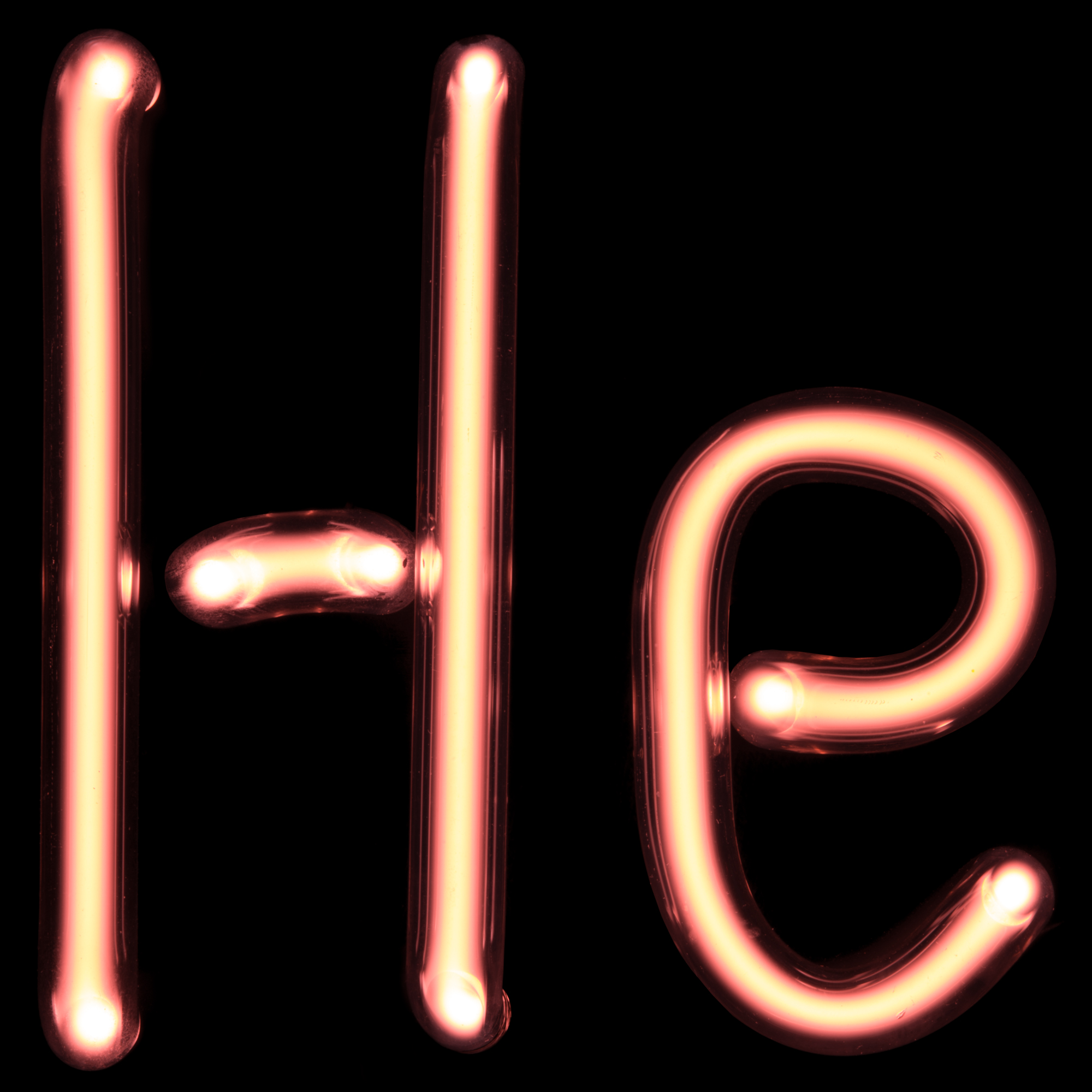Sources are always important in adding legitimacy to a project. In this post I will be taking a look at and analyzing 10 of the sources that I am going to be using for my project.
OpenClipartVectors. "NEWS" 10/19/13 via pixabay. CC0 Public Domain.
The questions that I will be addressing for each source are the following:
- Where does the source come from? What website or host? How does this affect the source's credibility?
- Who is the author of the source? What can you find out about their credentials, background, and public presence online? How does this information affect the source's credibility?
- When did the source come out? What else was going on in the world during that day, or week, or month that could have some affect or impact on this controversy? How does the specific time period play into the story?
- What information does the source offer your project? Which stakeholders does it represent? What contextual information does it offer you? Why is it important to your project?
Where: The source comes from npr.org which is a reputable media organization. Being from npr gives this source credibility because npr is a nationally respected news network.
Who: The author of this article is Rob Stein who is "an award-winning science journalist" and is a senior editor on NPR's science desk. Stein's credentials make the source more credible because the information is coming from a man who has a lot of experience in the medical and science fields.
When: This source was published February 3, 2016. The main thing that occurred during this time was that a few days earlier a panel from the National Academies of Sciences, Engineering, and Medicine released a lengthy report talking about how DNA testing is ethical.
What: The story presents an inciting event in my controversy. The story is in the favor of the stakeholders who support DNA experimentation. The article also provides a lot of good contextual information related to my controversy.
Where: This source comes from theverge.com which is an American technology news and media network. This provides credibility because the story is coming from an established network that is concerned with the sciences.
Who: The author of this source is Arielle Duhaime-Ross, who is a science reporter and writer at the verge. Ross has also written for news outlets such as Scientific American, Nature Medicine, and The Atlantic. Ross' experience in the science field lends credibility to the source because I know it is written by someone who has interest in science and writes about it for a living.
When: The article was published 2/3/16. Similar to the last source, the main thing going on during this time was the report published that says that genetic engineering DNA is ethical.
What: Although similar in topic to the previous source, this source provides useful information about the report itself because it goes over a specific aspect of the report. This aspect is important because it puts the controversy into better perspective as to why DNA experimentation could be ethical.
Where: This source comes from the National Academies of Sciences, Engineering, and Medicine which I would say provides a lot of credibility to the source.
Who: There is not a specific author because this source is the report that was drafted by a group of people from the organization.
When: The report was published 2/3/16. Something going on during this time that was important was the fact the the UK permitted their scientists to perform experiments with DNA, which is what this report is trying to accomplish here in the U.S.
What: This report is a major event in the controversy because the report is trying to get DNA experimentation permitted. This report is what incited a large amount of discussions and debates. Furthermore, this report is the written stance of the stakeholders in favor of genetic experimentation.
Where: This source again comes from the NPR, which I previously discussed.
Who: The author of this source is the same as the first source, Rob Stein.
When: This source was published 11/10/14. This source is interesting because it discusses and provides context over the DNA experimentation before things were being approved.
What: This article is important because it sets up the context and buildup before the controversy got into full swing. It provides a point of view from the stakeholders who are concerned about the ethics of genetic engineering. This is a good source because of its questioning over whether or not DNA experimentation is right.
Where: NPR (previously discussed).
Who: Rob Stein (previously discussed).
When: 2/3/15. What occurred during this time was that British Parliament voted to allow scientists to perform DNA transplants on women's eggs. Many of the other sources reference that the U.K. has already allowed DNA experimentation, but this source talks about the actual event that allowed the experiments.
What: This source provides more contextual elements of the controversy that are highly relevant. It represents the stakeholders in favor of genetic experimentation. I really like this source because it provides an audio clip of an interview which I could use in my video essay.
Where: This source was published on arstechnica.com which is a technology news and information website that has been around since 1998. I believe this site is credible because of its age as well as the fact that it is owned by the same company that owns Wired.com and other tech-y sites.
Who: The author is a woman named Annalee Newitz who is is the tech culture editor of Ars Technica. Newitz work focuses on "the cultural impact of science and technology." She has a Ph.D in English and American studies from UC Berkeley and received a science journalism award from MIT. Newitz' credentials point to her being legitimate.
When: Similarly to many of the other sources, this one was published 2/3/16, the same time that the National Academies published their report.
What: This article takes consideration into the actual process of mitochondrial replacement. This is important because it provides details for the science aspects that the controversy is about. This article caters towards those in favor of the genetic experiments.
Where: This source comes from the Washington Post, which is a national news site. The Washington Post is a credible source of information.
Who: There are two authors for this source, Ariana Eunjung Cha and Sandhya Somashekhar, who both are reporters for the Washington Post. Because of their experience and affiliation with the Washington Post, their article is most likely credible.
When: This article was published 2/25/14, which is the same time that the FDA had a meeting/debate over genetic experimentation on humans.
What: This source provides good information about what the FDA's stance is on genetic experimentation and what their reasoning is. The stakeholder that this article represents is the FDA. This source will be really useful for my project because it provides the viewpoints of a key stakeholder in the controversy.
Where: The Washington Post (previously discussed)
Who: Written by Joel Achenback who is a writer on the science and politics desk for the Post. He has been a staff writer for the Post since 1990 which shows that he has experience and credibility.
When: 2/3/16. The time of the National Academies' report publication.
What: This article is interesting because it has the narrative of one side versus the other (one stakeholder vs another). This particular article is a little bit biased against the FDA/government.
Where: This source comes The Guardian which is a national news and media website. The Guardian is an accredited news site and there is little issue over credibility.
Who: The author is Julian Savulescu, who is the chair of the Oxford Uehiro centre for practical ethics at the University of Oxford. Savulescu's credentials, as well as the fact that he is writing for The Guardian show he is credible.
When: 2/2/15. The same time that the UK permitted their scientists to perform DNA transplants on women's eggs.
What: This article discusses the more scientific aspects of the genetic engineering controversy. The stakeholders represented in this article are the people who carry the mitochondrial disease trait in their genes. This article is important for my project because it illustrates why the genetic engineering can be a major help for people.
Where: IFLScience, which is a science/technology based news and media website. The website is very professional, and IFLScience has a lot of followes on social media, leading me to believe that it is credible.
Who: The author is Lisa Winter who is a writer for IFLScience. There isn't any information about Winter, but she is a writer for a science website, meaning she probably knows what she is talking about.
When: 6/3/14. This was a few months after the UK permitted its scientists to perform DNA transplants and experiments.
What: This article interested me because it talks about three parent babies being a thing in two years, and two years later, the controversial issue has reignited due to the happenings within the United States. This source is good for the context it provides for the controversy, as well as being a good title.






















